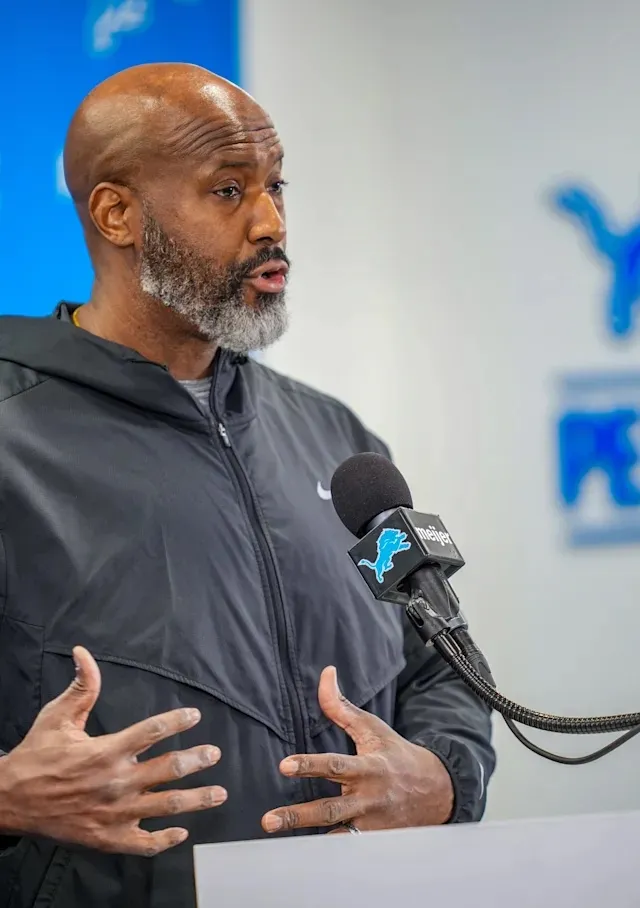Star Trek's long history has seen its fair share of disasters. From Captain James T. Kirk (William Shatner) on Star Trek: The Original Series to Captain Michael Burnham (Sonequa Martin-Green) on Star Trek: Discovery, starship captains and their crews have been preventing disasters and saving people across the galaxy for as long as Starfleet has existed. But Starfleet cannot prevent every catastrophe. Whether due to war, natural disaster, or a targeted attack, the United Federation of Planets has weathered many storms throughout its history.

Almost every Star Trek series has seen at least one major disaster, although some had more of an impact on the franchise than others. For example, much of the Federation-Klingon war of 2256-2257 took place in the background of Star Trek: Discovery season 1, when the USS Discovery was in the Mirror Universe. Star Trek: Deep Space Nine, on the other hand, devoted multiple seasons to the Dominion War, becoming the first Star Trek series to tell such a dark, serialized story. Disasters this catastrophic left their mark on the Star Trek timeline and often reverberated throughout the galaxy for years after they occurred.
8 The Xindi Attack Earth (2153)
Star Trek: Enterprise
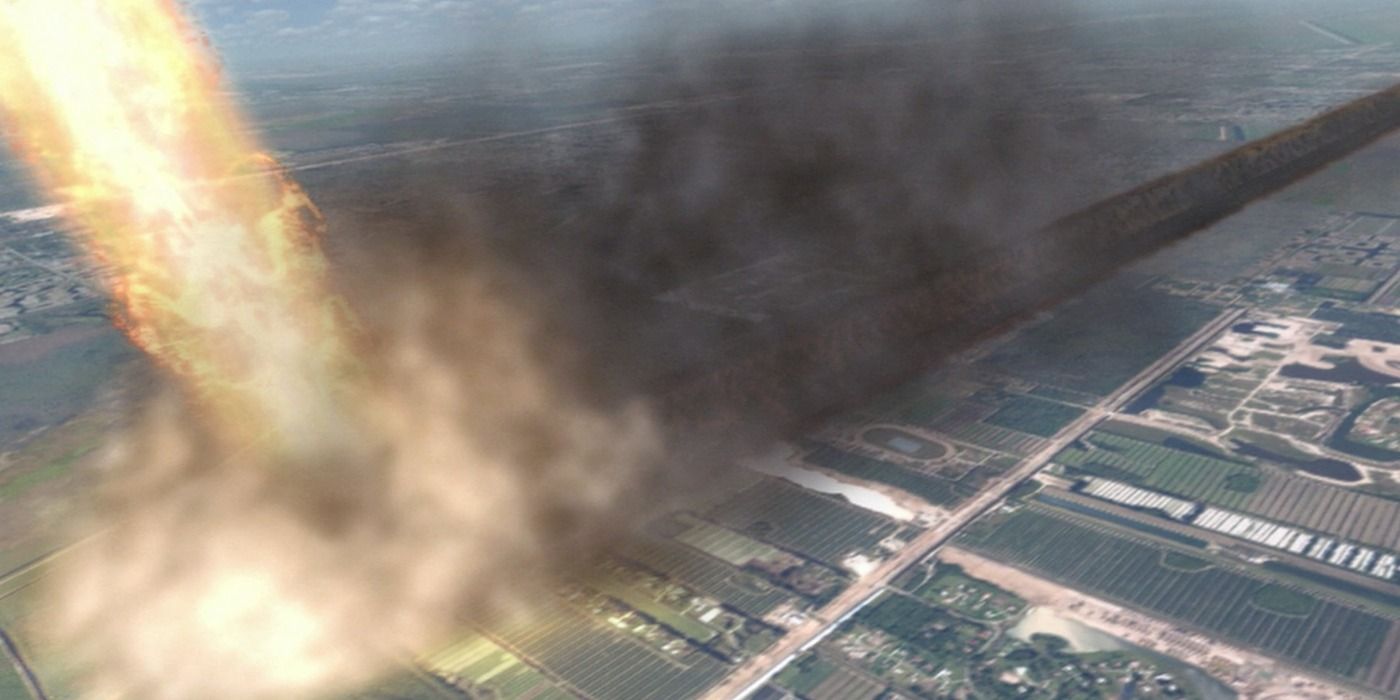
In March of 2153, the Xindi launched a devastating surprise attack on Earth using a powerful particle beam to carve out an area from Florida to Venezuela. The attack killed around 7 million people, including the sister of Commander Trip Tucker (Connor Trinneer). In the wake of the disaster, Starfleet ordered the Enterprise NX-01 to halt its mission of exploration and return to Earth. Captain Jonathan Archer (Scott Bakula) soon learned that the Xindi attacked Earth based on false information that humanity would one day destroy their home planet.
7 The Federation-Klingon War (2256-2257)
Star Trek: Discovery
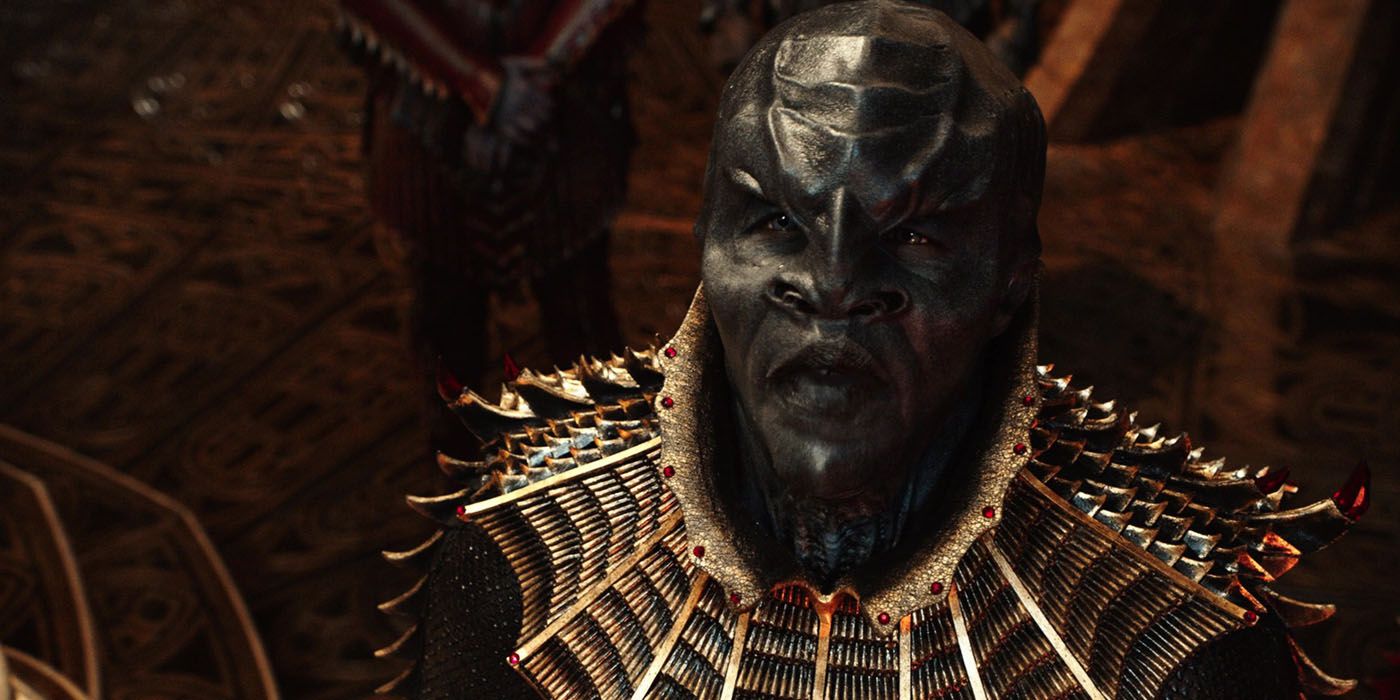
The Federation and the Klingon Empire have long had a rocky history, and their aggressions came to a head in the mid-23rd century. The war began with the Battle of the Binary Stars, provoked by T'Kuvma (Chris Obi), who wanted to bring the Klingon Empire together against a common enemy — the Federation. The Federation quickly began losing ground. Desperate, Starfleet co-opted research on an experimental spore drive and implemented the technology on the USS Discovery. Discovery's ability to instantly travel across the galaxy gave Starfleet a huge advantage in the war, and they began to turn the tide in their favor.
In 2257, Captain Gabriel Lorca (Jason Isaacs) took Discovery to the Mirror Universe, inadvertently dealing the Federation a massive blow. By the time Discovery emerged back into their universe nine months later, the Klingons occupied nearly 20 percent of former Federation space. Michael Burnham (Sonequa Martin-Green) and Emperor Philippa Georgiou (Michelle Yeoh) ultimately made the Klingons stand down by threatening the destruction of Qo'noS and giving L'Rell (Mary Chieffo) control of the Empire. The estimated casualties for the Federation included around one-third of the fleet and nearly 100 million dead; the death toll for the Klingons was unknown.
6 Vulcan Is Destroyed In The Kelvin Timeline (2258)
Star Trek 2009
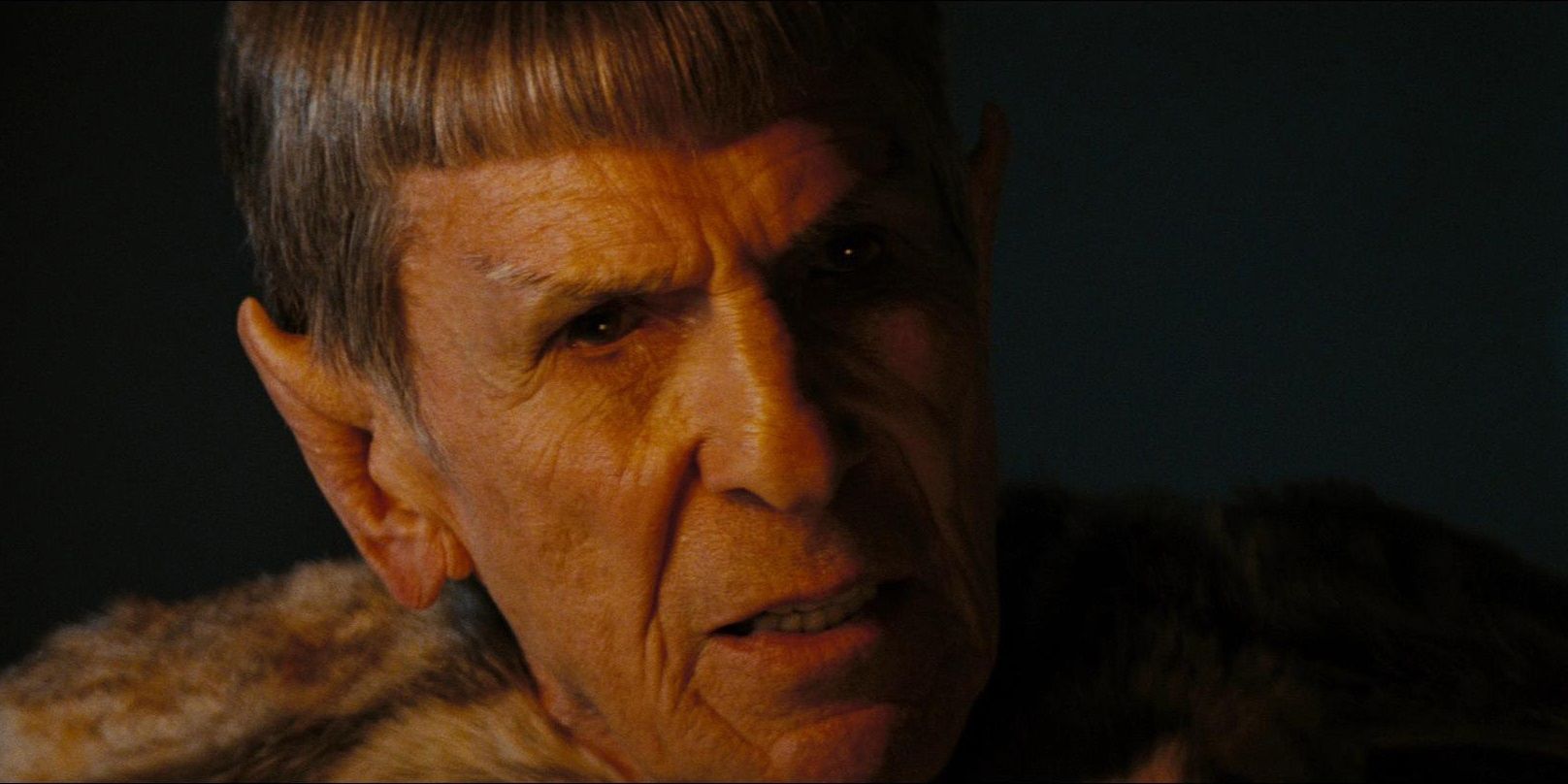
In J.J. Abrams' Star Trek, 24th century Romulan Nero (Eric Bana) and the Vulcan Ambassador Spock (Leonard Nimoy) inadvertently travel to the 23rd century in the wake of the Romulan supernova. Nero blames Spock for failing to prevent the destruction of Romulus, which resulted in the death of millions of Romulans, including Nero's wife and unborn child. Nero's arrival in 2233 created the alternate Kelvin timeline when he destroyed the USS Kelvin. Nero then spent 25 years waiting for Spock to arrive. When Spock emerged in 2258, Nero captured his ship and marooned the Vulcan on Delta Vega, forcing him to witness the destruction of his planet.
5The Battle Of Wolf 359 (2367)
Star Trek: The Next Generation
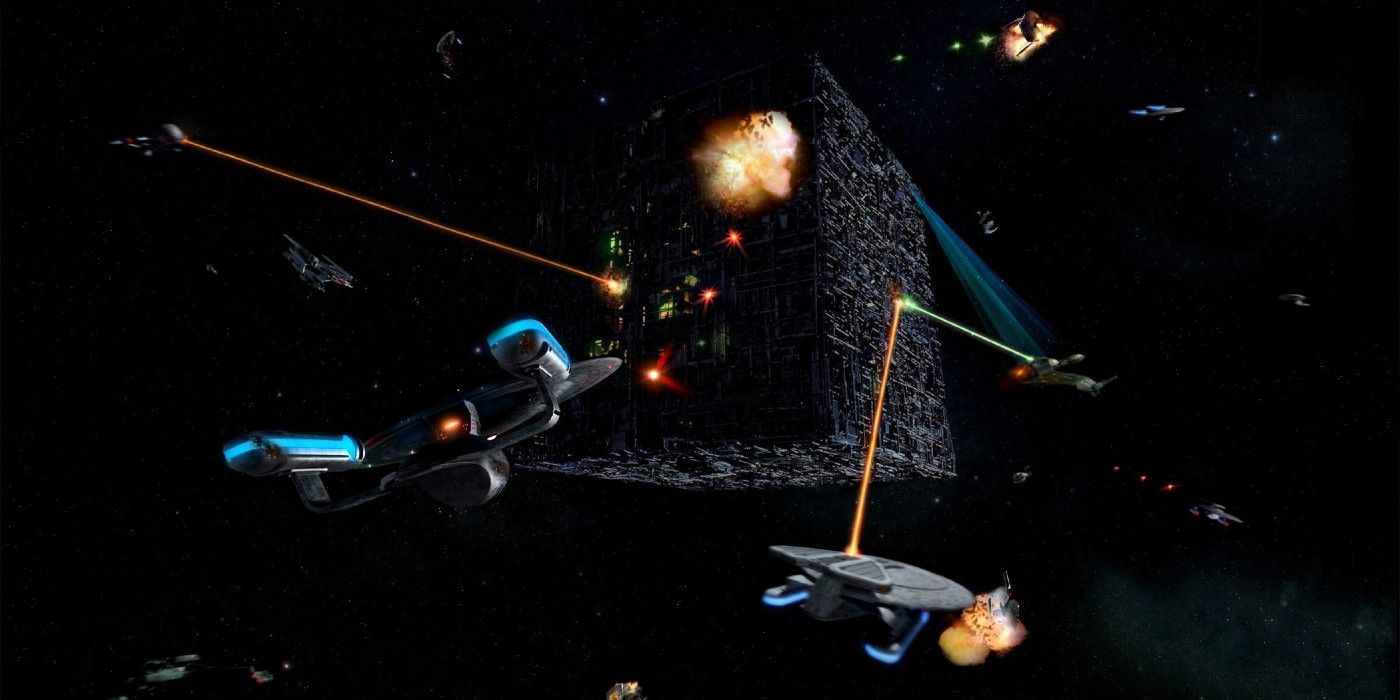
Although the Battle of Wolf 359 was never fully depicted on screen, its aftereffects reverberated throughout the Star Trek franchise. In 2367, a Borg cube engaged the USS Enterprise-D and captured Captain Jean-Luc Picard (Patrick Stewart). The Borg then assimilated Picard, turning him into their mouthpiece, Locutus, and gaining all of Picard's Starfleet knowledge. The Enterprise was unable to stop the Borg cube, which eventually entered the Wolf system, where 40 starships were waiting. With Locutus dictating the battle, the Borg cut through the Federation ships with ease, destroying 39 out of the 40 ships, and killing or assimilating around 11,000 people.
When the Enterprise-D finally arrived, they found only debris and no signs of life. The undamaged Borg cube continued its approach to Earth, but the Enterprise destroyed it just in time. In the wake of this disastrous battle, Starfleet began constructing its first class of warships, the USS Defiant, which would later prove vital in the Dominion War. The trauma of this particular battle stuck with Captain Picard for the rest of his life. Captain Liam Shaw (Todd Stashwick) of the USS Titan and Captain Benjamin Sisko (Avery Brooks) of Deep Space Nine both survived the battle, although Sisko's wife was killed and Shaw was left with PTSD.
4
The Dominion War (2373-2375)
Star Trek: Deep Space Nine
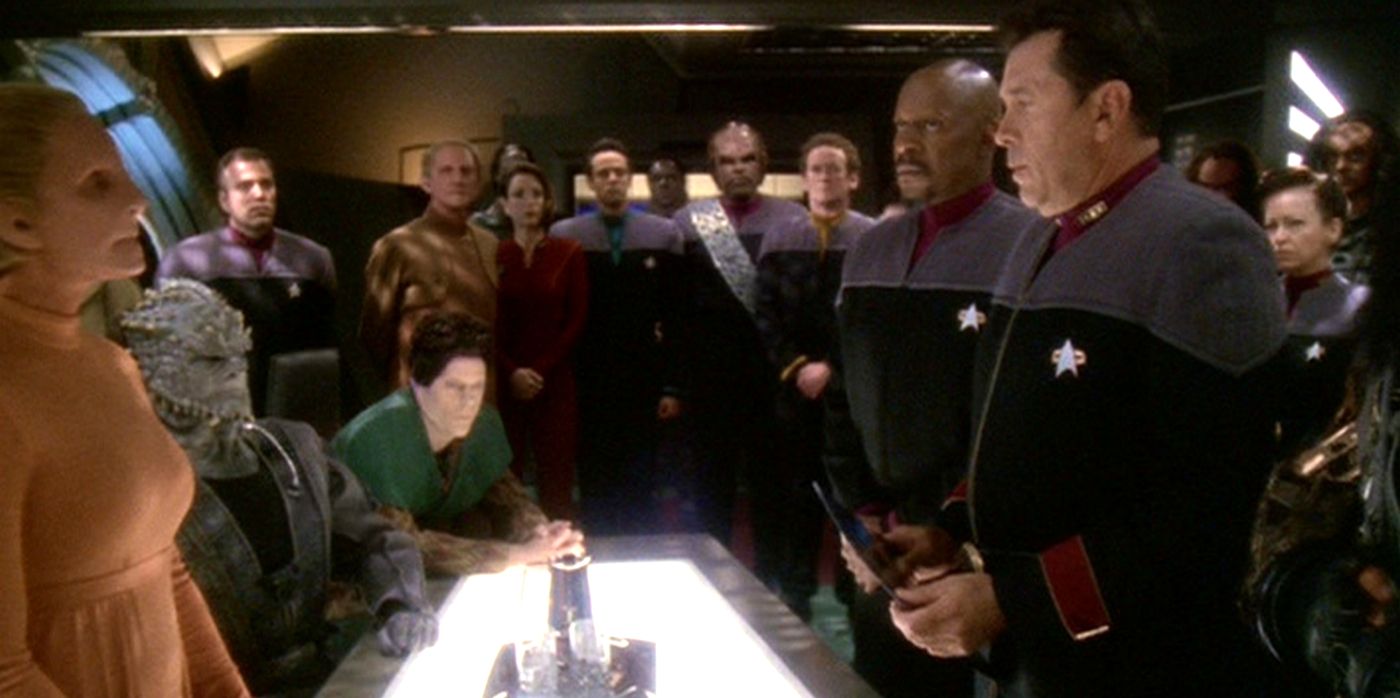
Fought from 2373-2375, Star Trek: Deep Space Nine's Dominion War remains one of the most devastating conflicts in galactic history. Soon after the Bajoran wormhole opened up travel to the Gamma Quadrant, expeditions began hearing rumblings about the mysterious Dominion. Before long, the Dominion began infiltrating the Alpha Quadrant, replacing important political figures with Changeling agents. The Cardassians eventually joined the Dominion, starting the Dominion War in earnest by capturing Deep Space Nine. Over the next several months, Federation forces suffered heavy losses in a series of engagements with the Dominion. Captain Benjamin Sisko led Federation and Klingon forces to retake Deep Space Nine in 2374.
Still, the Dominion continued its attack, capturing Betazed, and eventually recruiting the Breen. With help from Elim Garak (Andrew Robinson), Sisko manipulated the Romulans into joining the fight, but a Breen attack on Starfleet Headquarters set the Federation Alliance back again. In the end, the Cardassians rose against the Dominion and the Federation forced a surrender. Cardassia, in particular, had been decimated in the war, with over 800 million civilians dead, as well as 7 million troops. The exact death toll of the Dominion War remains unknown, but the conflict altered the balance of power in the Alpha Quadrant for decades to come.
3 Mars Attack Of 2385
Star Trek: Picard
Because of the impending Romulan supernova, thousands of ships were under construction at the Utopia Planitia Shipyards on Mars in the early 2380s. On First Contact Day in 2385, multiple synths suddenly went rogue, lowering the defenses of the shipyards and the planet before turning Mars' defensive weapons against it. Synth ships proceeded to attack the Romulan rescue armada, the shipyards, and the Mars Orbital Facility. Although Starfleet dispatched ships to intervene, Mars was mostly lost by the time they arrived. As the dust settled, the death toll rose to 92,143 in total, with at least 20,000 ships destroyed as well.
Although unknown at the time, the Mars attack was orchestrated by Commodore Oh (Tamlyn Tomita) and the Romulan Zhat Vash, a secret cabal of Tal Shiar operatives who sought to destroy all synthetic life.
2 The Romulan Supernova (2387)
Star Trek (2009), Star Trek: Picard
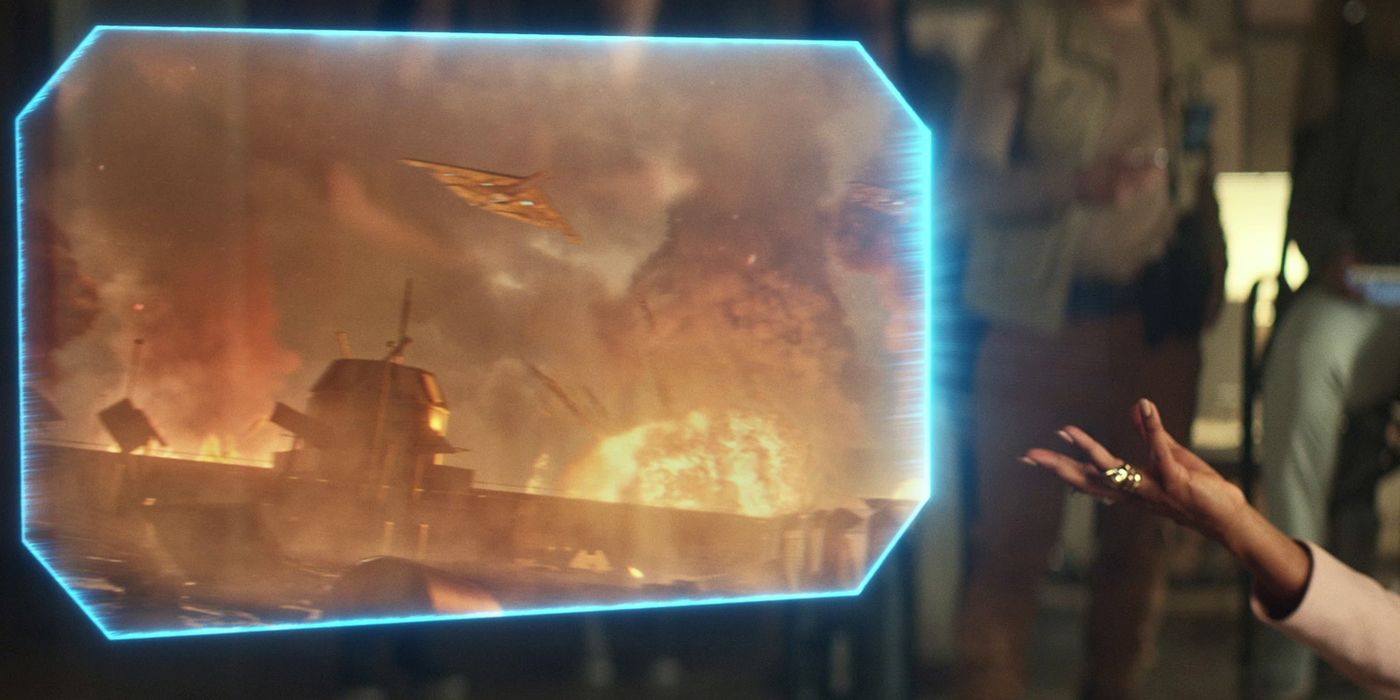
The Romulan supernova of the 2380s not only altered the balance of power in the galaxy in Star Trek's Prime timeline, but was also the catalyst for the creation of the Kelvin timeline. The Federation learned that the Romulan sun would go supernova several years before the event and mounted a massive rescue effort. Admiral Jean-Luc Picard spearheaded the efforts to relocate as many Romulans as possible, and a rescue armada began construction at the Utopia Planitia Shipyards on Mars. Tragically, the Mars Attack of 2385 put a halt to the rescue efforts, despite the protests of Admirals Picard and Janeway.
1 The Burn (3069)
Star Trek: Discovery
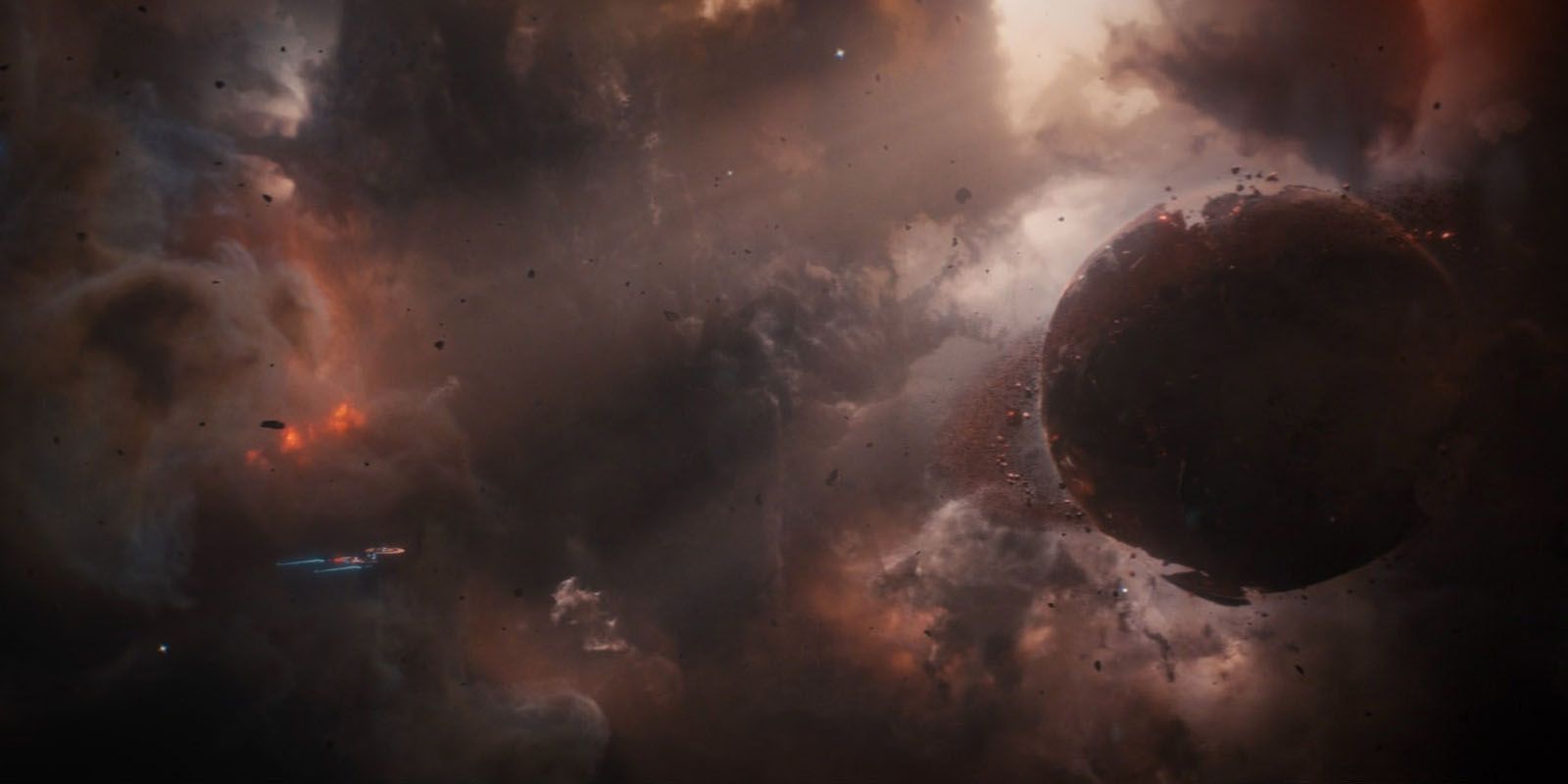
After the USS Discovery traveled to the 32nd century at the end of Star Trek: Discovery season 2, they learned that the Federation had been decimated by an event called the Burn. In 3069, most of the dilithium in the galaxy suddenly went inert, resulting in the explosion of every active warp core. Most of the Federation's ships were destroyed and millions of lives were lost across the galaxy. The Federation could not determine the cause of the Burn and feared that it would happen again. In the turmoil that followed, Ni'Var (formerly Vulcan) and United Earth both left the Federation, as did many others.


